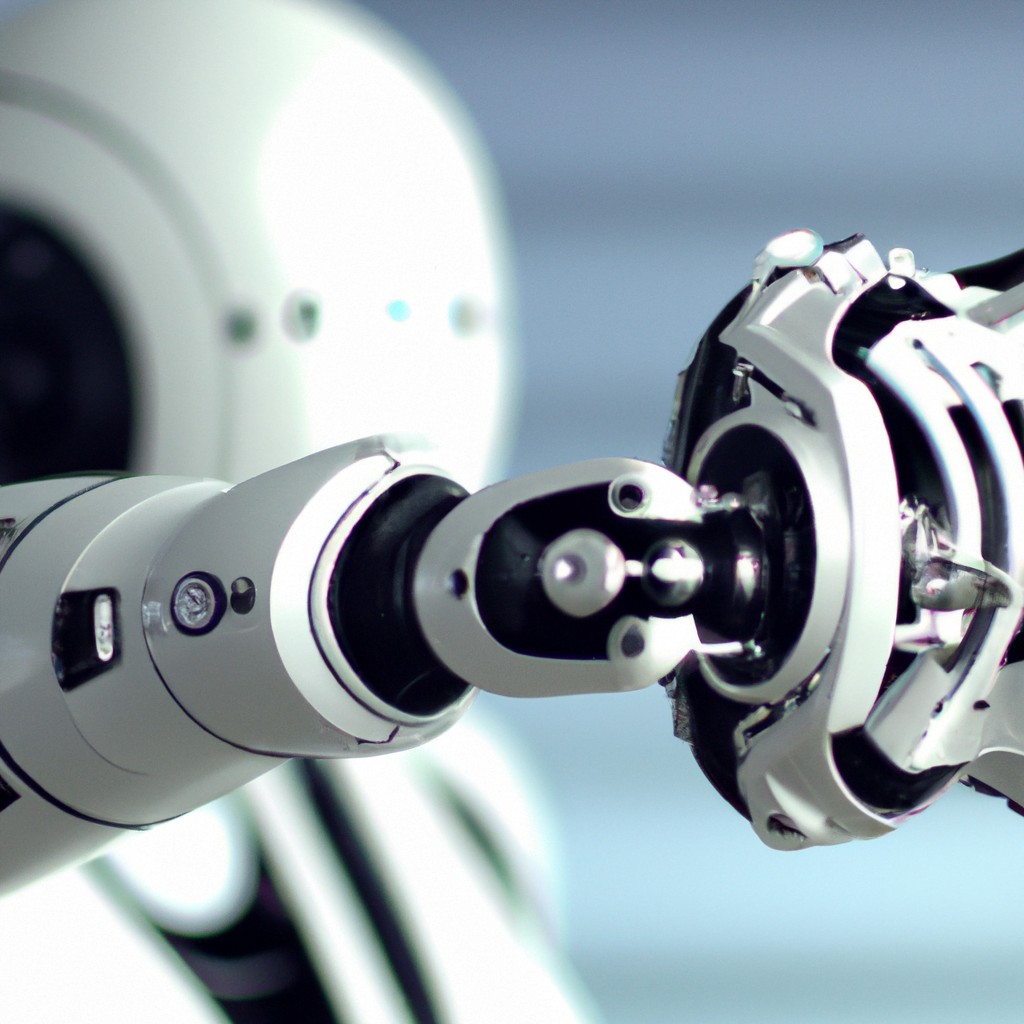Task-Specific Neural Network Design
Neural networks are computer algorithms that try to mimic the way the human brain processes information. They are commonly used in many fields, including computer vision, speech recognition, natural language processing, and robotics. However, designing a neural network that is optimally suited for a specific task can be challenging. In this response, I will explain a method for designing neural networks that are optimally suited for certain tasks in simple terms.
To understand how neural networks work, let’s start with the basics. A neural network is made up of many artificial neurons that are connected to each other. These neurons receive input signals, perform some calculations on the inputs, and then send output signals to other neurons. The output signals can be used as inputs for other neurons, and the process continues until the output of the final neuron is produced. This output represents the prediction or classification made by the neural network.

Designing a neural network that is optimally suited for a certain task requires two things: choosing the right architecture and setting the right values for the parameters.
The architecture of a neural network refers to the way its neurons are connected to each other. There are many different architectures that can be used for neural networks, and each architecture has its own strengths and weaknesses. Choosing the right architecture for a specific task can significantly improve the performance of the neural network.
For example, if we were trying to build a neural network to recognize handwritten digits, we might choose an architecture that has a few layers of neurons, with each layer processing increasingly complex features of the image. The first layer might recognize simple shapes like lines and curves, while the second layer might recognize more complex shapes like circles and squares. The final layer might recognize the overall shape of the digit. This type of architecture is called a convolutional neural network (CNN), and it is well-suited for image recognition tasks.
Once we have chosen the architecture for our neural network, we need to set the values for the parameters. The parameters of a neural network are the weights and biases that determine how the inputs are transformed into outputs. Setting the right values for the parameters is critical for achieving high performance on the task at hand.
The process of setting the values for the parameters is called training the neural network. During training, the neural network is given a set of inputs and corresponding outputs, and it adjusts its weights and biases to minimize the difference between its predicted outputs and the true outputs. This process is often referred to as “learning” because the neural network is adjusting its parameters based on the data it is given.
Training a neural network can be a challenging and time-consuming task. However, there are many techniques that can be used to make the process more efficient and effective. One popular technique is called backpropagation, which involves calculating the gradient of the loss function with respect to each weight and bias in the neural network. This gradient can be used to update the weights and biases in a way that moves the neural network closer to the optimal values.
Another technique that can be used to improve the performance of neural networks is called regularization. Regularization involves adding a penalty term to the loss function that encourages the neural network to have simpler weights and biases. This can help prevent overfitting, which is a common problem in neural network training where the neural network performs well on the training data but poorly on new, unseen data.
In summary, designing a neural network that is optimally suited for a specific task requires choosing the right architecture and setting the right values for the parameters. The architecture determines how the neurons are connected to each other, while the parameters determine how the inputs are transformed into outputs.






